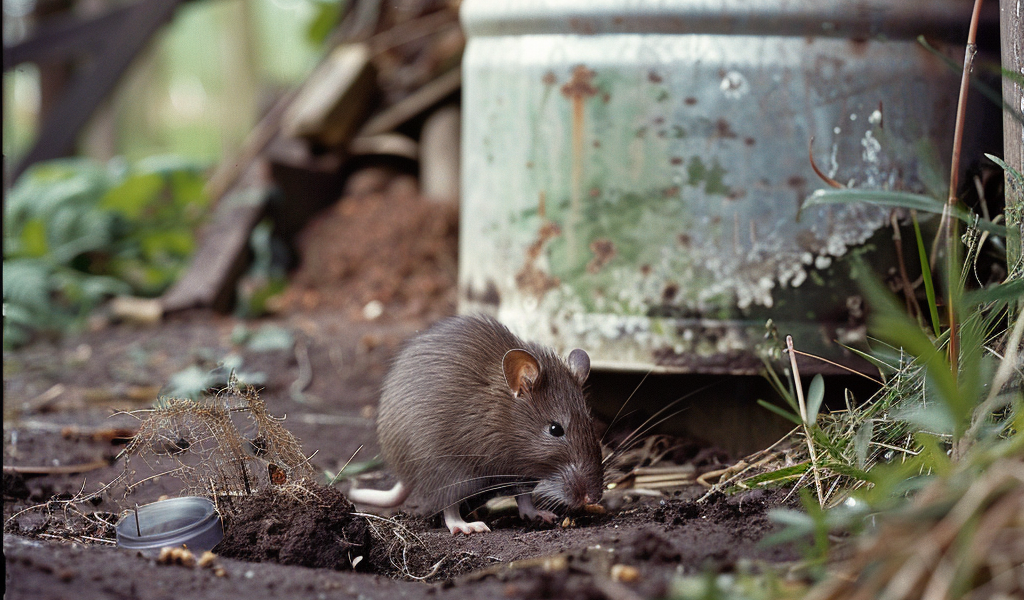Health officials have raised alarms following the recent deaths of four individuals linked to an incurable disease transmitted by rats, known as Hantavirus. This alarming trend has prompted health warnings across multiple states in the U.S., particularly in regions where the virus is known to circulate.
The Centers for Disease Control and Prevention (CDC) reports that Hantavirus is fatal in approximately 36% of cases. Typically, the United States sees around 30 cases of Hantavirus each year, primarily concentrated in the western and southwestern parts of the country. However, recent data indicates a concerning spike in infections, particularly in Arizona and California.
In Arizona, health officials have documented seven cases of Hantavirus this year, resulting in three fatalities. This is a significant increase compared to the previous six years, during which only 11 cases were reported. California has also seen a resurgence, with two cases and one death occurring in a county that had not reported any cases in the last 20 years.
Experts suggest that recent extreme weather conditions, including high temperatures and heavy rainfall, may be contributing to the increase in Hantavirus cases. These environmental factors drive virus-carrying rodents, such as rats and deer mice, to seek shelter indoors, where they are more likely to come into contact with humans. Additionally, the heavy rainfall promotes plant growth, leading to a more abundant food supply for rodents, which can result in a surge in their populations.
Arizona health officials have emphasized the seriousness of Hantavirus, stating, “Hantavirus is a severe and sometimes fatal respiratory illness. It is not limited to one geographic location. It can be present in many areas in the southwestern region of the United States where there is rodent activity, even if mice are never seen.” This underscores the importance of vigilance in areas where rodent populations thrive.
Rodents are known carriers of Hantavirus but often show no symptoms of the disease themselves. They can, however, contaminate their surroundings through droppings, saliva, and urine. Humans can contract the virus by inhaling particles that become airborne when contaminated surfaces are disturbed. This highlights the need for proper sanitation and rodent control measures in both urban and rural areas.
Individuals who contract Hantavirus may initially experience symptoms such as fever, muscle aches, nausea, and abdominal pain, which can develop between nine to 33 days after exposure. If the infection progresses, it can lead to Hantavirus Pulmonary Syndrome (HPS), a severe respiratory condition characterized by difficulty breathing as the virus attacks the cells lining small blood vessels in the lungs.
Health officials advise the public to take precautions to minimize the risk of Hantavirus infection. This includes avoiding contact with rodents and their droppings, sealing up potential entry points in homes, and maintaining cleanliness to deter rodent infestations. Those who suspect they may have been exposed to Hantavirus or are experiencing symptoms are urged to seek medical attention promptly.
The recent surge in Hantavirus cases serves as a stark reminder of the potential health risks posed by rodent-borne diseases, particularly in the context of changing environmental conditions. Increased awareness and preventive measures are essential to protect public health as communities navigate the challenges posed by these infectious agents.
As the situation develops, health officials will continue to monitor Hantavirus cases and provide updates to the public. Residents in affected areas are encouraged to stay informed and take proactive steps to safeguard their health and well-being.





